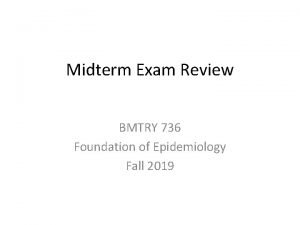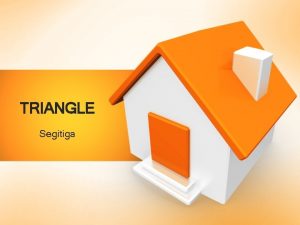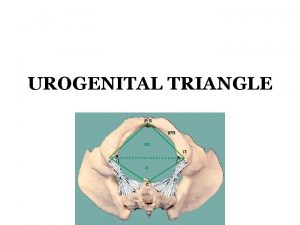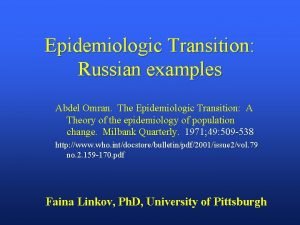The Epidemiologic Triangle Time The Epidemiologic Triangle The




- Slides: 4

The Epidemiologic Triangle Time

The Epidemiologic Triangle • The agent is the cause of the disease – Can be bacteria, virus, parasite, fungus, mold – Chemicals (solvents), Radiation, heat, natural toxins (snake or spider venom) • The host is an organism, usually human or animal, that harbors the disease • Pathogen disease-causing microorganism or related substance – Offers subsistence and lodging for a pathogen – Level of immunity, genetic make-up, state of health, and overall fitness within the host can determine the effect of a disease organism can have upon it.

The Epidemiologic Triangle • The environment is the favorable surroundings and conditions external to the human or animal that cause or allow the disease or allow disease transmission – Environmental factors can include the biological aspects as well as the social, cultural, and physical aspects of the environment • Time accounts for incubation periods, life expectancy of the host or pathogen, duration of the course of illness or condition.

The Epidemiologic Triangle • The mission of the epidemiologist is to break one of the legs of the triangle, which disrupts the connection between environment, host, and agent, stopping the continuation of an outbreak. • The goals of public health are the control and prevention of disease. • By breaking one of the legs of the triangle, public health intervention can partially realize these goals and stop epidemics • An epidemic can be stopped when one of the elements of the triangle is interfered with, altered, changed or removed from existence.







